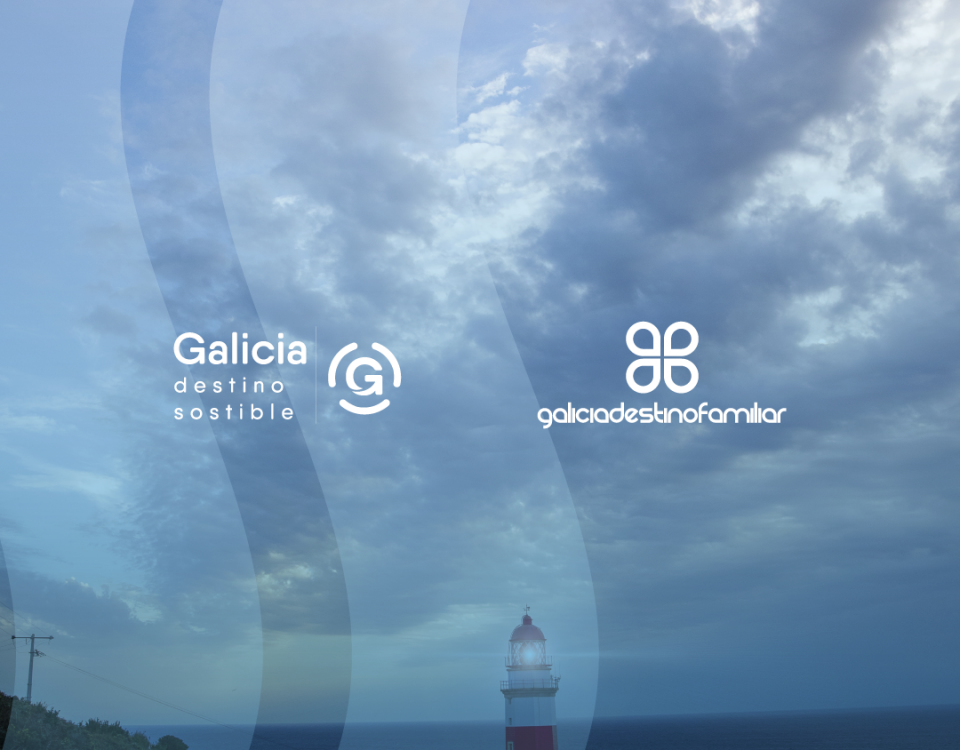- El mejor turismo de galicia
The Way of St. James sailing with the Xacobean Nautical Journey
The Way of St. James sailing with the Xacobean Nautical Journey
The initiative, promoted by Xunta in collaboration with Asnauga, is already operational from Ribadeo and Baiona, after the completion of the works in the Monte Real Club de Yates.
De-seasonalising tourism in Galicia, promoting nautical tourism and the activity of the community’s marinas and offering an alternative to the traditional pilgrimage routes are the main objectives of the Xacobea Nautical Journey, an initiative of the Xunta in which, in addition, Asnauga, the Association of Nautical Clubs of Galicia, participates. The Xacobean Nautical Journey, which is now put into operation on its southern route, is a new initiative promoted by the Xunta to promote the Way of Saint James and diversify the offer. This crossing crosses thirteen of the forty-five marinas of the Galician coast, which are the ones that have the certification Q of Tourist Quality. The minimum distance to travel to get the Compostela is ninety nautical miles and have to stamp at each point of passage his pilgrim credential and can be made both by holders of own sailing boat with the Xacobea Nautical Pass, which gives the option of discounts on moorings and other advantages, or with boats rented with or without skipper through the Charter Xacobea Nautical Journey.
The Monte Real Club de Yates de Baiona is the starting point for the southern route, which passes through Vigo (Real Club Náutico de Vigo), Cangas (Real Club Náutico de Rodeira), Sanxenxo (Club Náutico de Portonovo y Real Club Náutico de Sanxenxo), San Vicente do Mar (Club Náutico de San Vicente do Mar) and Cabo de Cruz (Club Náutico de Boiro).
From Boiro there are two possibilities to get to Santiago. You can go up the Ulla River to Padrón or Pontecesures and from there go by land to the Galician capital or continue to Ribeira and continue through Portosín and Noia to continue from there on foot to the tomb of the apostle.
In addition to the south, there is also a northern route that starts from the Real Club Náutico de Ribadeo and continues through Ares, Sada, A Coruña and Portosín, with the same options for ending the road by land as if it were made from Baiona. In both cases, the tomb of the Apostle James is the goal of the xacobean pilgrimage by sea and the Santiago Pilgrim’s Office is the place where sailors must present their sealed pilgrim credentials to collect the Compostela.









